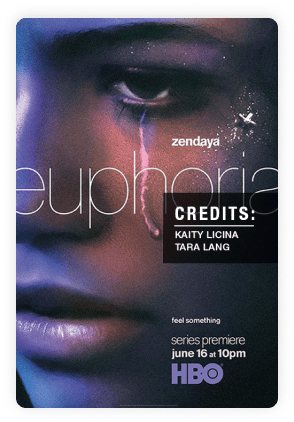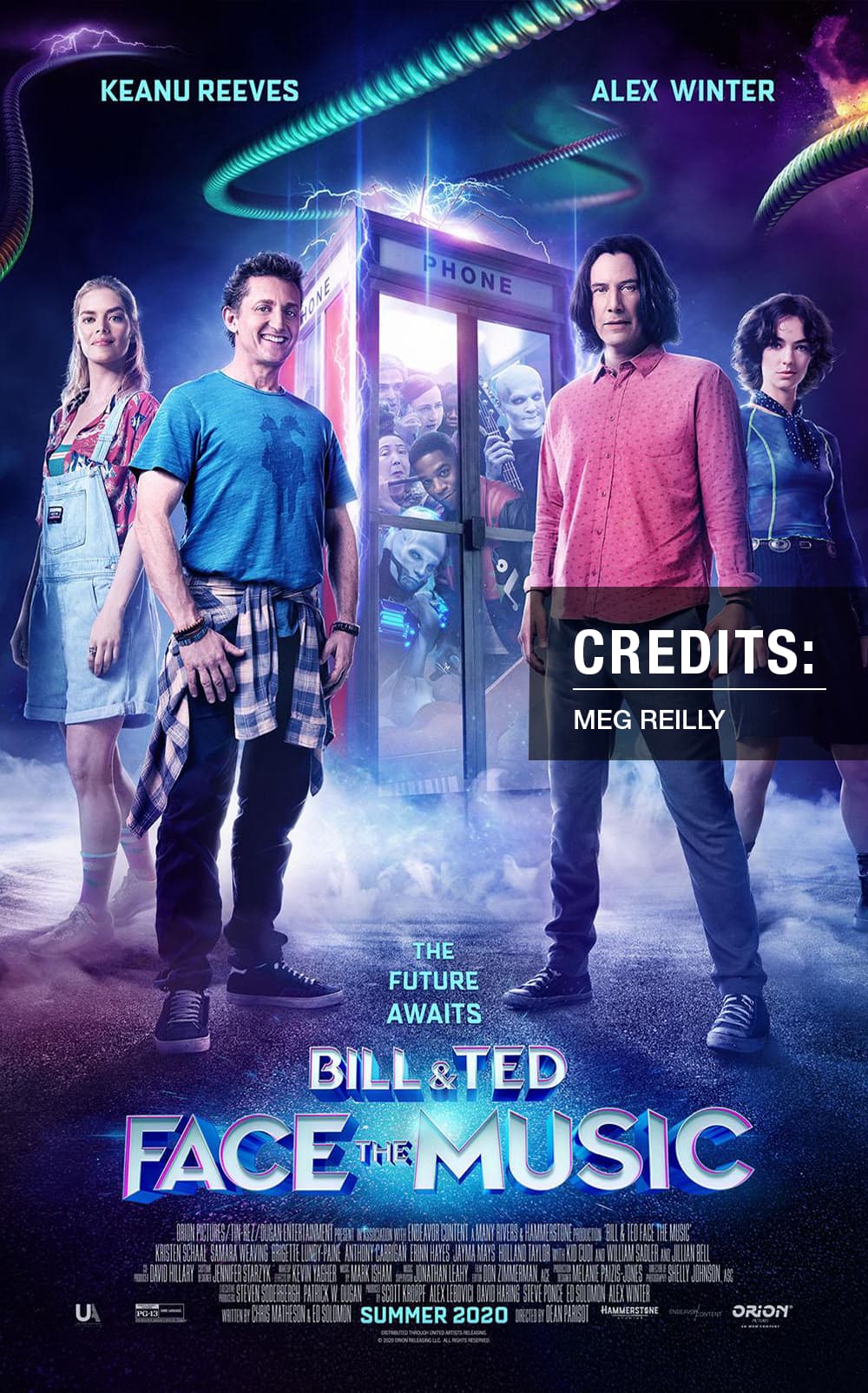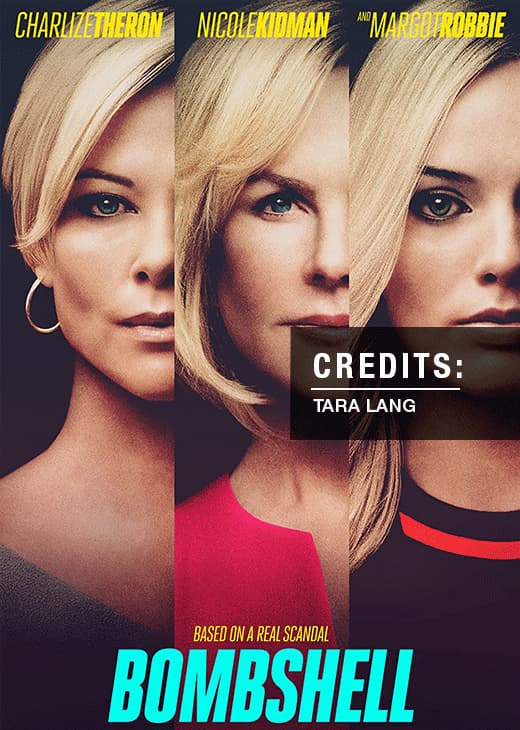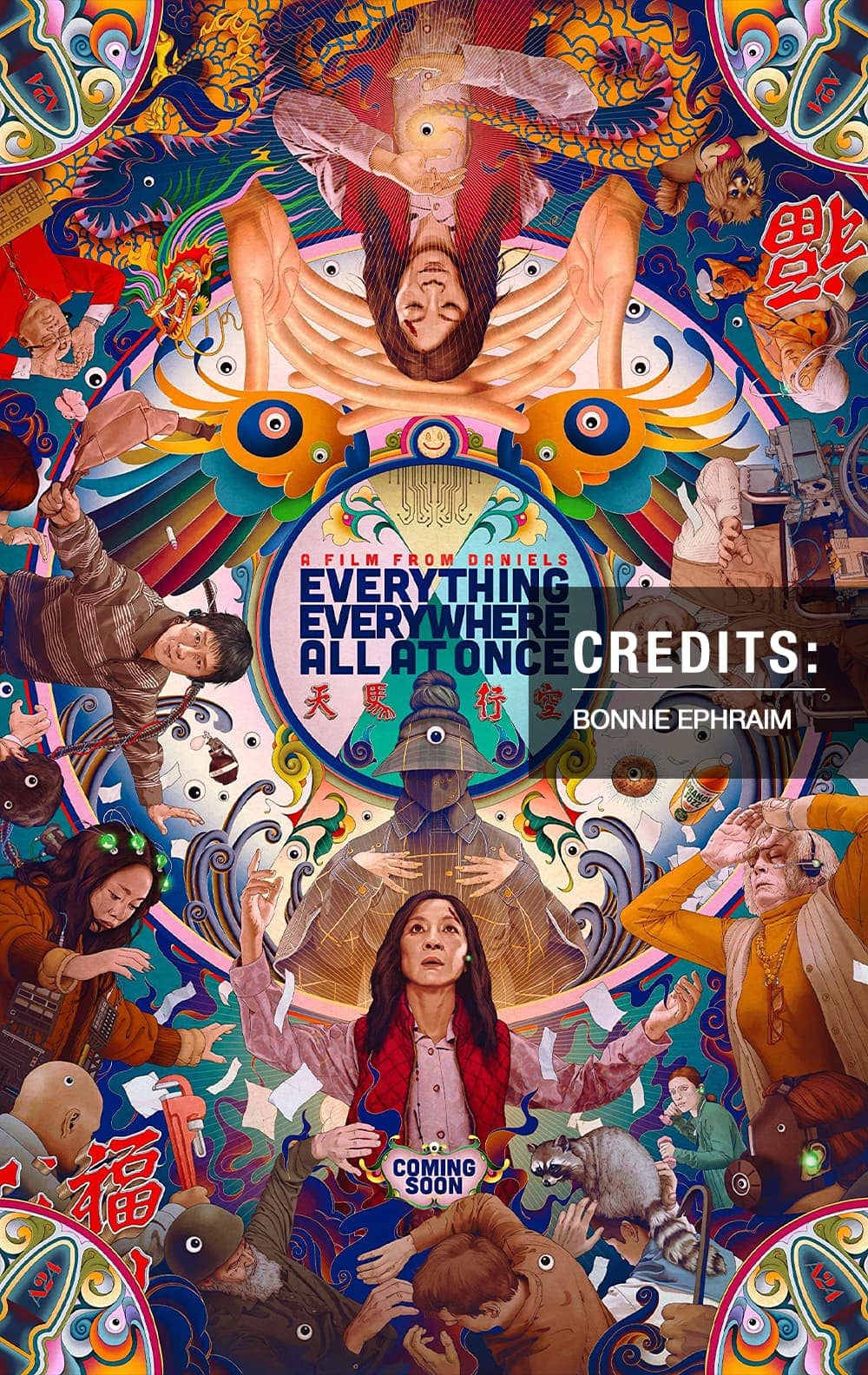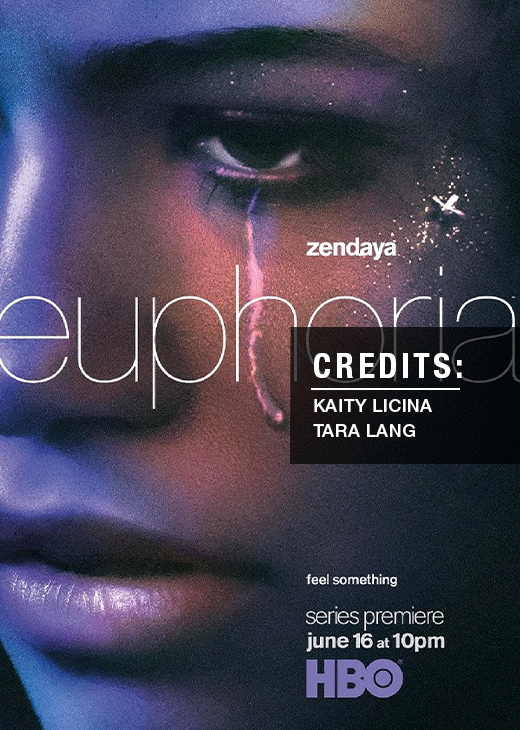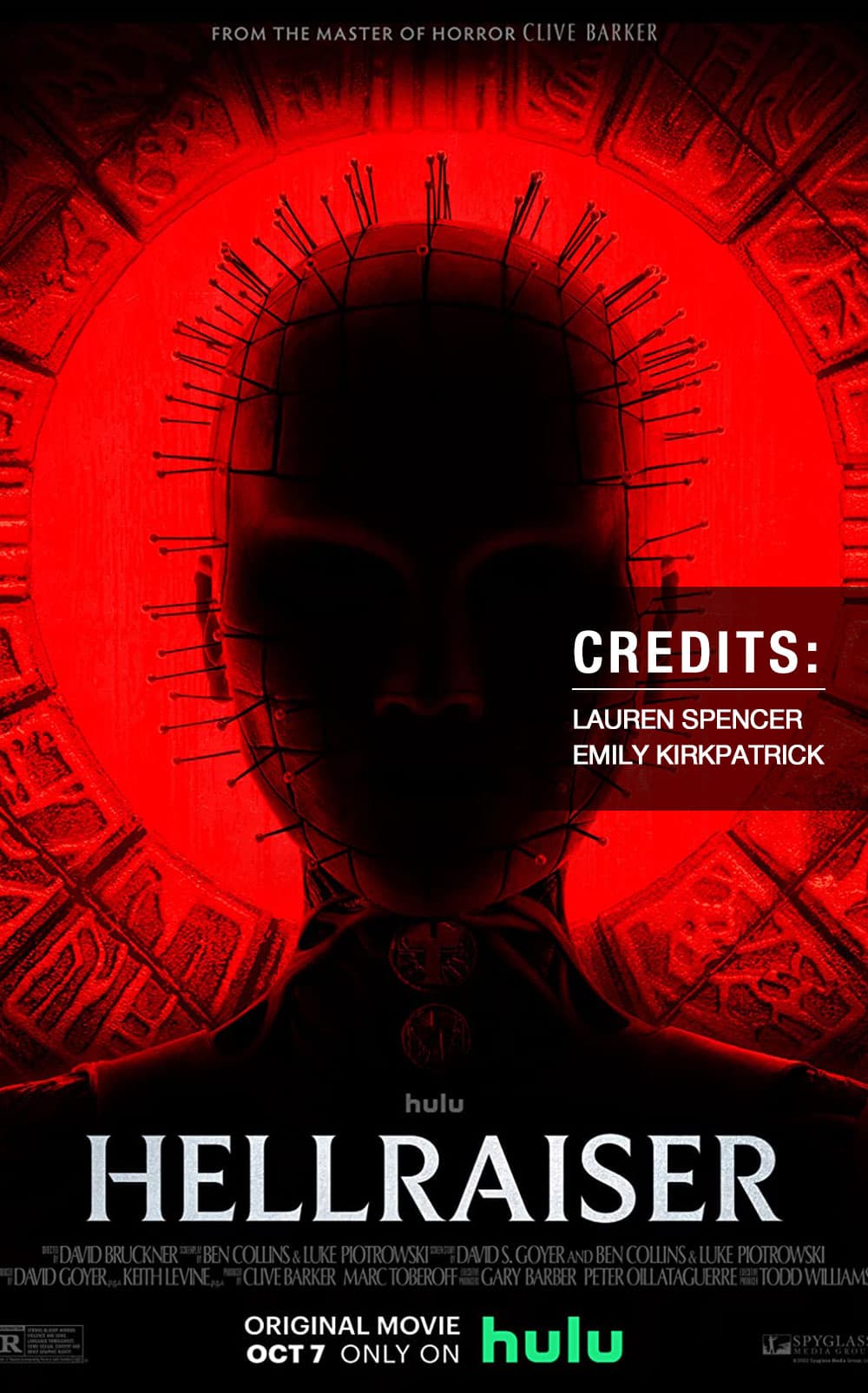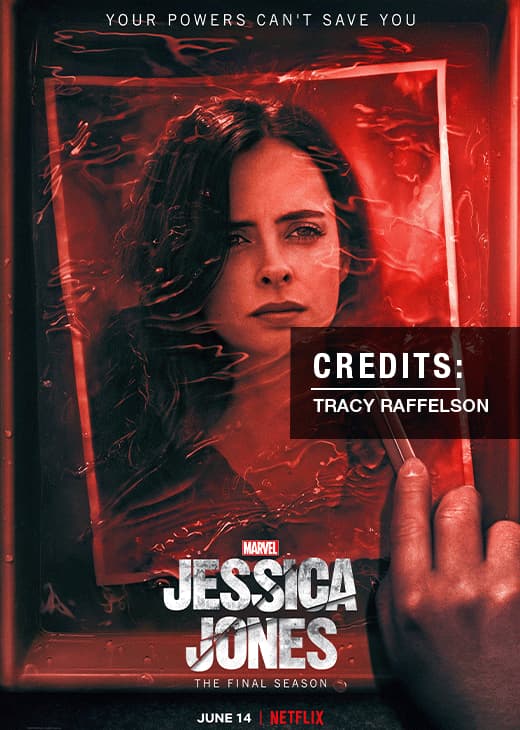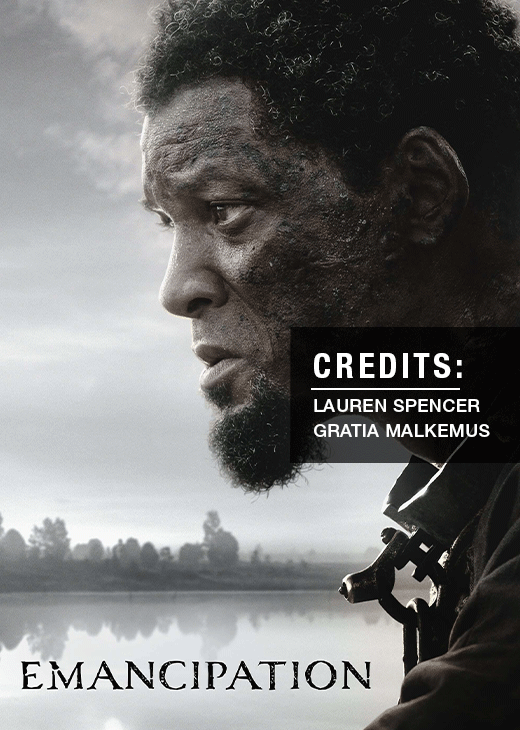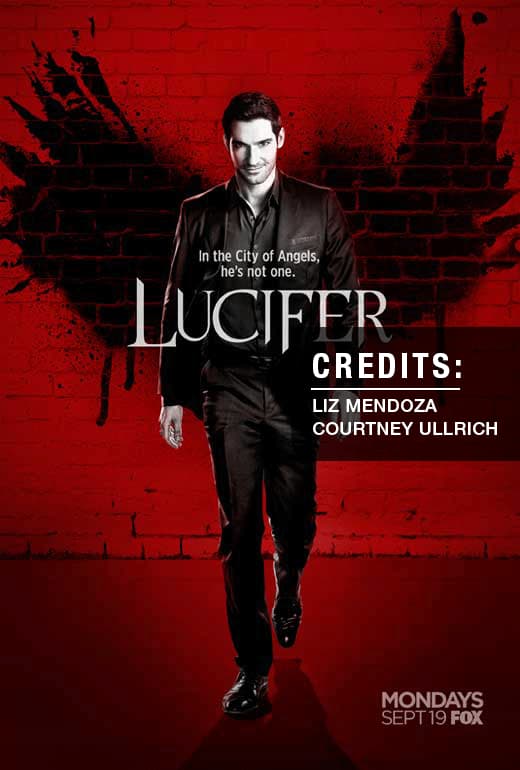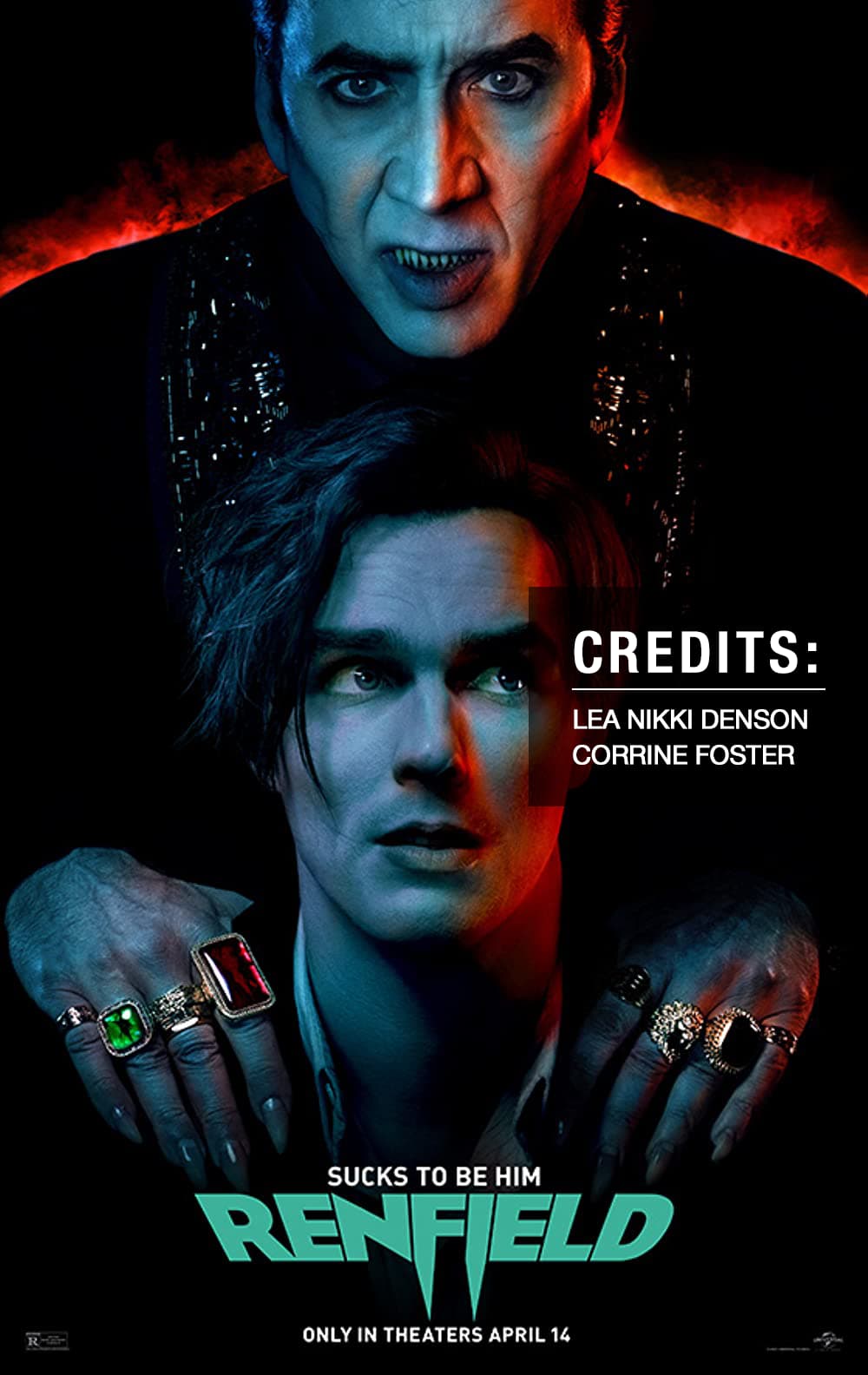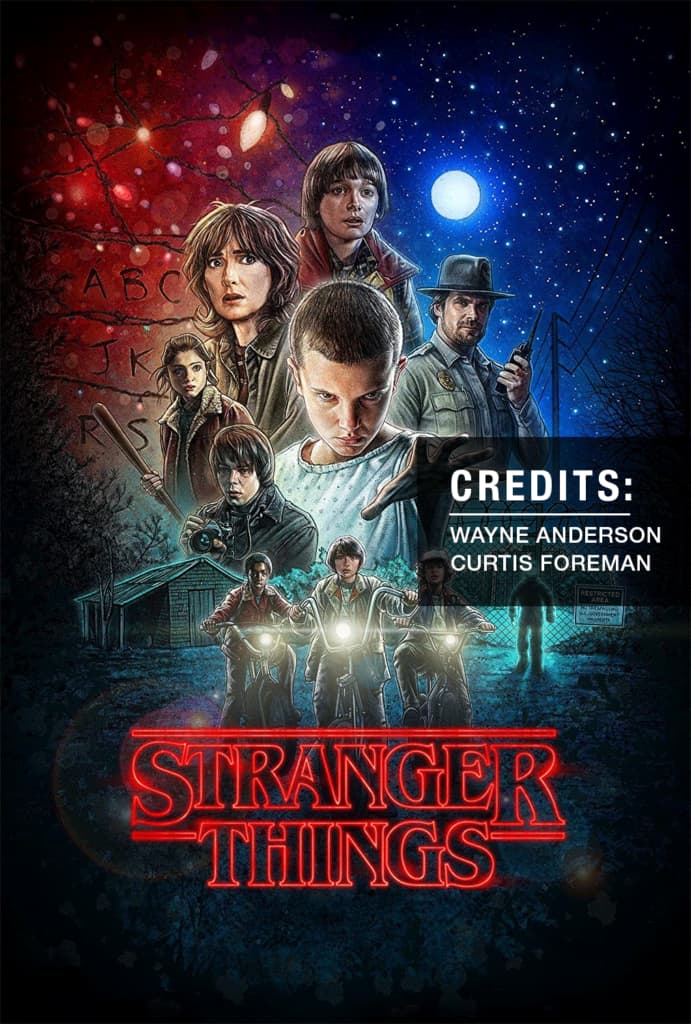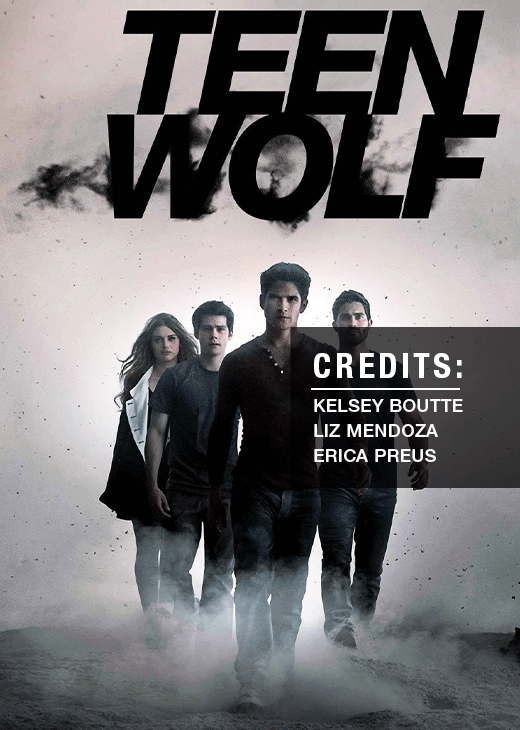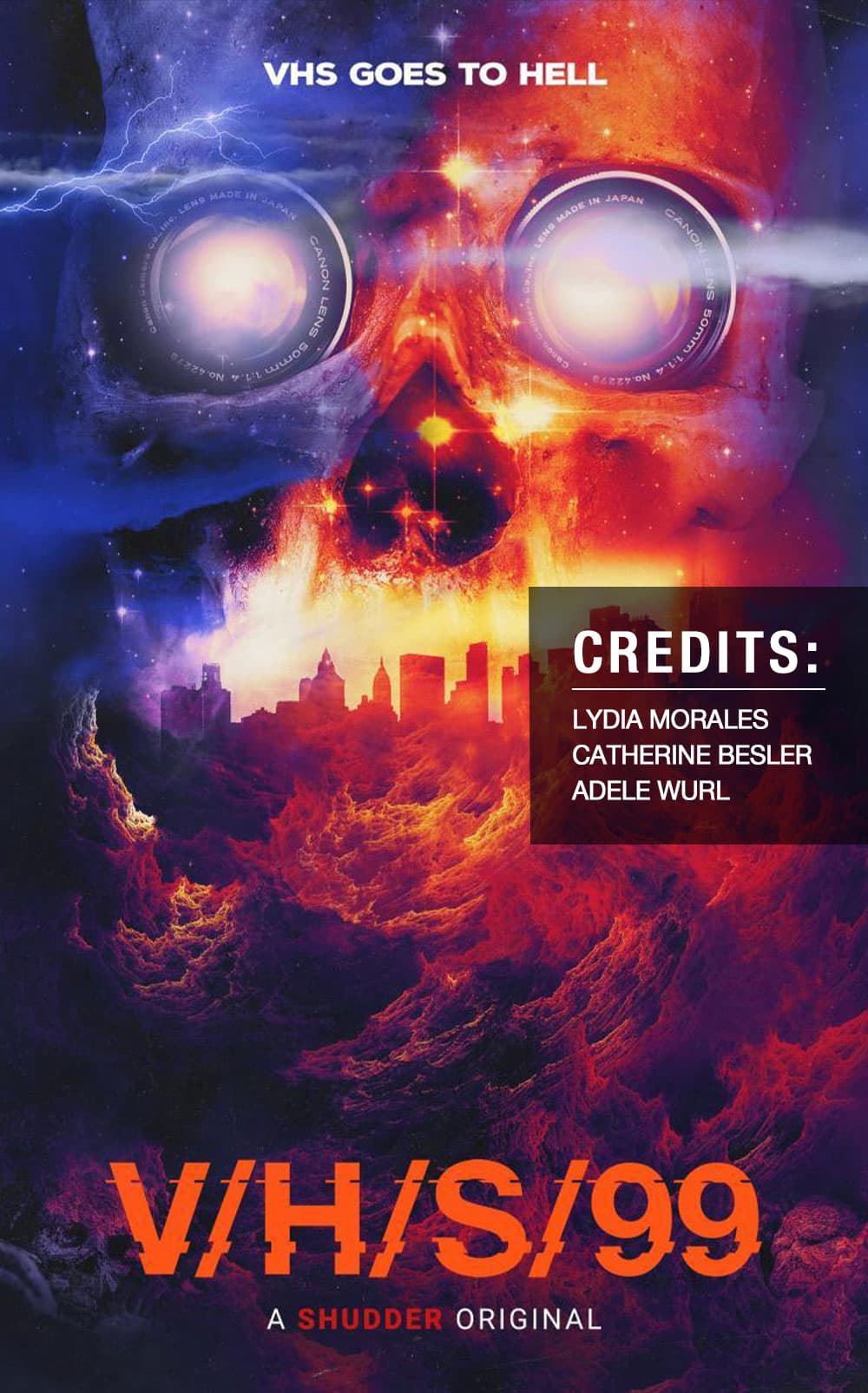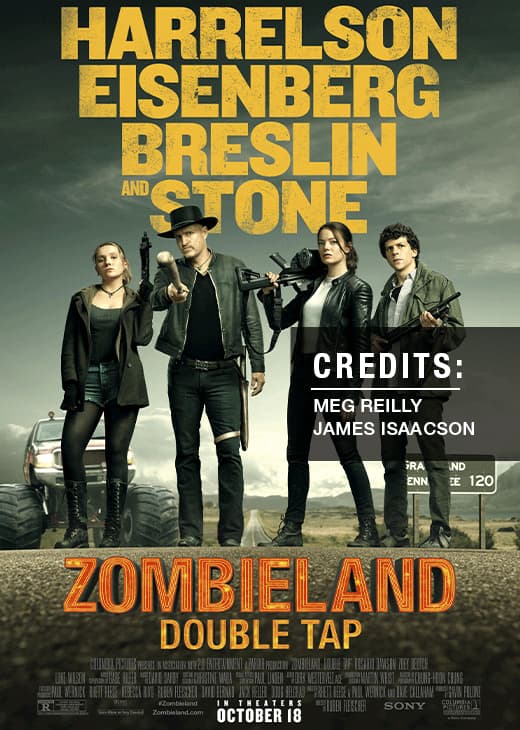When you see an actor take a punch in a movie and walk away with a swollen, bruised eye, you’re witnessing the magic of SFX black eye makeup – not the result of a real hit. Special effects makeup artists are experts at crafting convincing injuries without risking anyone’s safety. A well-executed fake black eye can sell the drama of a fight scene, making the audience believe every blow.
In this guide, we’ll explore the artistry behind creating realistic bruises and black eyes, the techniques professionals use and how aspiring makeup artists can learn to master this essential skill.
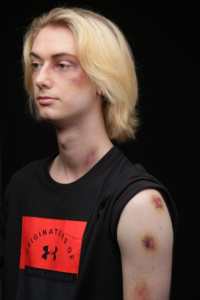
Why Realistic Black Eye Makeup Matters in Film and TV
Fight scenes lose their impact if the injuries look fake. A poorly done bruise can distract viewers, while a realistic black eye makeup effect can heighten emotion, tension and authenticity. Makeup artists must consider not just the appearance of swelling and discoloration, but also how bruises evolve.
Black eyes aren’t static. They change in color and shape as they heal – something makeup artists must replicate depending on the scene. For example:
- Fresh black eye: Redness and swelling appear first.
- One day later: Purples and deep blues dominate.
- Healing phase: Greens, yellows and faded browns spread outward.
This progression is what makes the work of a skilled artist so convincing.
Step-by-Step Black Eye Makeup Tutorial for Fight Scenes
Creating a convincing fake black eye isn’t about randomly dabbing on purple shadow; it’s about understanding how trauma develops and heals. Professional makeup artists carefully layer colors and textures to mimic the life cycle of a bruise. Here’s how they do it on set:
Step 1: Prepping the Skin
Before any color goes on, the skin around the eye is cleansed and lightly moisturized. This helps the makeup blend seamlessly and stay intact under intense lighting.
Step 2: Building the Trauma Base
Every bruise starts with broken capillaries. Makeup Artists apply a sheer layer of red tones to mimic fresh irritation and swelling. This step lays down the base that every other layer will build upon.
Learn How to Create Realistic Wounds and Scars with Prosthetics?
Step 3: Adding Depth with Darker Colors
Purples, deep blues and touches of black are added next. These shades represent pooled blood under the skin. Instead of solid patches, artists stipple and feather the colors for that soft, uneven bruise edge audiences subconsciously recognize as “real.”
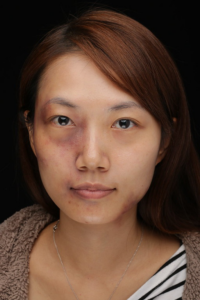
Step 4: Blending for Realism
Using stipple sponges and soft brushes, the colors are blended outward to create the illusion of blood spreading beneath the skin. This blending stage is what prevents the makeup from looking like face paint.
Get to know: What Do SFX Makeup Artists Use for Fake Blood?
Step 5: Staging the Bruise Timeline
This is where SFX artistry shines – the bruise changes depending on the timeline of the scene.
- Day 1 (Fresh Injury): Reds and purples dominate with visible swelling.
- Day 3 (Peak Bruise): Dark purples and blues deepen, with puffy, uneven edges.
- Day 5 (Healing): Faded yellow-greens start appearing at the bruise’s outer edges.
- Final Healing Stage: Browns and soft yellows take over as the bruise fades.
By carefully layering these evolving colors, makeup artists can seamlessly transition between scenes filmed days apart while maintaining consistent injuries.
Step 6: Finishing Touches
To sell the illusion, a dusting of translucent powder keeps everything locked in for hours. Additional contouring can suggest swelling or puffiness, while silicone appliances may be added under the eye in HD productions to replicate real tissue distortion.
Using Silicone Appliances for Added Realism
In high-definition filming, cameras capture every pore, wrinkle and fine detail, meaning a painted bruise alone may not be sufficient. That’s where silicone prosthetics come in. These thin, flexible prosthetics are custom-sculpted to fit the actor’s facial contours and can mimic the subtle bulge of swelling beneath the eye. When adding silicone appliances under the eye, SFX makeup artists gain several advantages that elevate the illusion from good to truly cinematic:
- Silicone blends seamlessly with natural skin, helping avoid the flat, painted look that makeup alone can sometimes create.
- Unlike simple paint effects, silicone pieces are highly durable, allowing them to last through long shooting days, harsh lighting conditions and repeated takes without breaking down.
- They also flex with the actor’s natural expressions, ensuring the injury looks authentic and never stiff or artificial, even during squints, smiles, or subtle movements.
By combining painted layers of fake black eye makeup with the dimensional realism of silicone, SFX artists ensure the injury holds up under even the closest close-up shots.
Curious about the techniques and challenges behind legendary SFX work? Tune in to our latest episodes of Talking Shop: an SFX Podcast.
Black Eye Makeup for Stage vs. Film
Creating a fake black eye isn’t a one-size-fits-all process. The techniques used for theater are very different from those used for film and television.
On stage, bruises need to be bold and exaggerated, with stronger colors, larger strokes and dramatic contrasts that remain visible to audiences even from the back row.
In contrast, SFX makeup in film calls for a more subtle approach. Close-up cameras capture every detail, so artists rely on soft blending, layered tones and delicate shading to make the injury look believable under high-definition scrutiny.
Being able to adjust techniques depending on the medium is a core skill that professional SFX makeup programs emphasize, ensuring artists are prepared for both theatrical and on-screen demands.
Check Out: What is the Difference Between Movie and Stage Makeup?
Worth Noting: For students eager to master both theatrical and on-screen techniques, Cinema Makeup School is the ultimate destination for real-world SFX training. Our Special Effects Makeup Program goes beyond teaching how to create bruises, cuts and injuries – students learn how lighting, camera angles and an actor’s performance can completely change the way makeup reads on stage and on screen.
Through hands-on practice in bold, exaggerated theater effects as well as subtle, high-definition film techniques, graduates gain the versatility and confidence to thrive in any production environment.
Real-World Spotlight: Black Eye Makeup in Cinema
Think of Martin Scorsese’s Raging Bull, where Robert De Niro’s transformation into boxer Jake LaMotta remains one of cinema’s most striking examples of realistic fight aftermaths. The makeup team meticulously crafted every black eye, bruise and swollen feature to capture the brutality of life inside the ring.
Without those convincing injuries, the film’s raw emotional power and sense of authenticity would not have hit nearly as hard.
Curious what it feels like to study SFX makeup in Los Angeles, USA? Take a tour of our campus and see for yourself.








